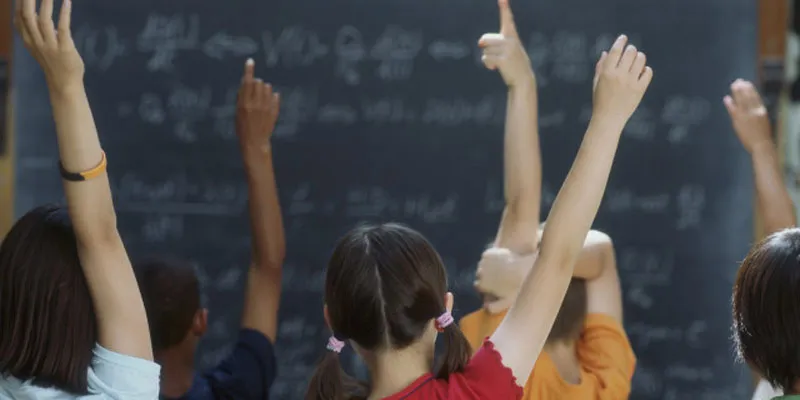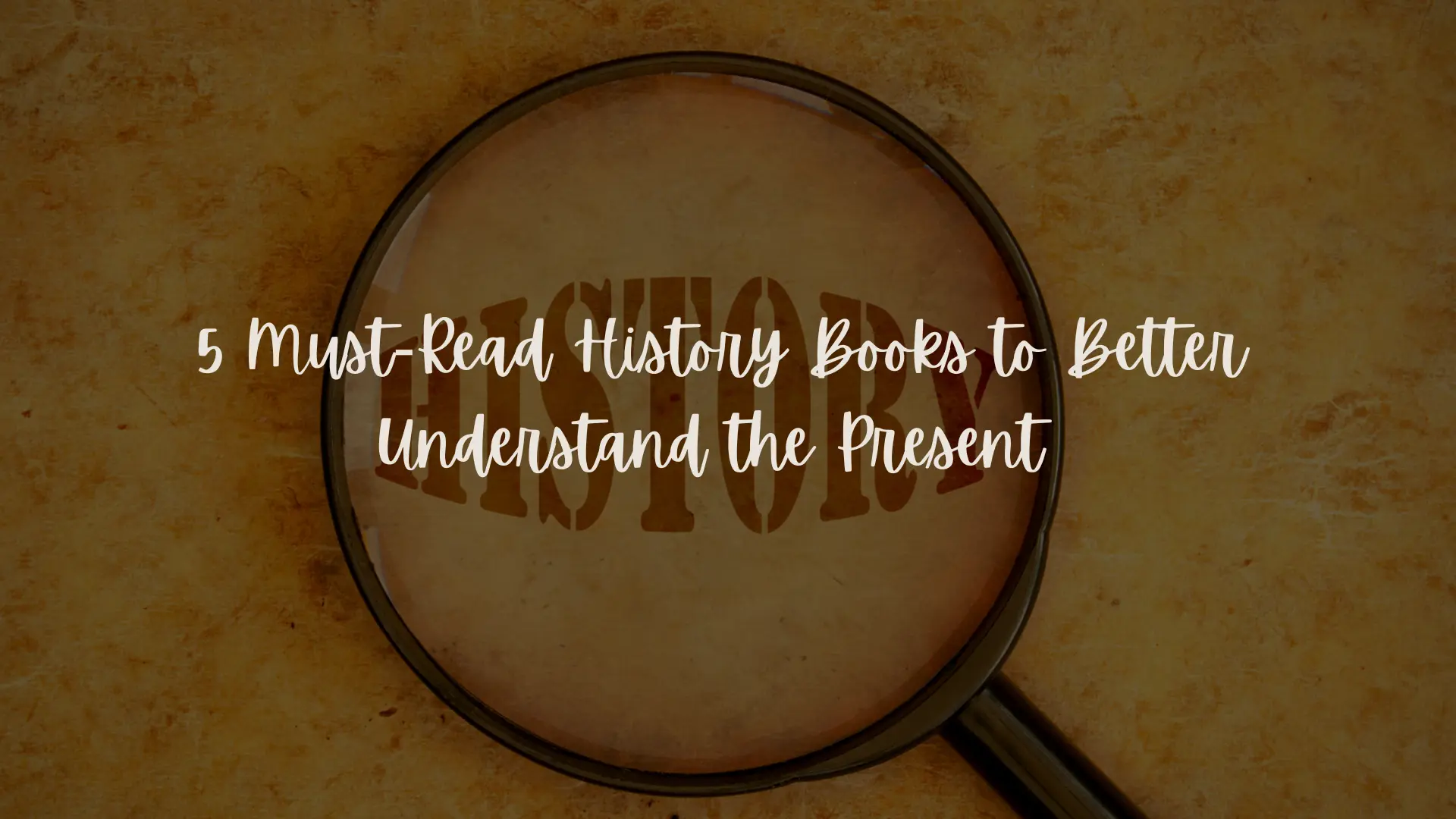Education vs. literacy – is digital education the answer to India’s education dilemma?
On 5th September, schools across India celebrated Teachers Day. A day that reveres teachers and education for a society to progress. PM Modi interacted with 800 students and spoke about the different facets of education and student-teacher lives.
Sadly, the joy is short-lived as beneath this, lies a stark reality. One look at India’s education system leaves you more with remorse than hope. The figures revealed in the 2015 Annual Status of Education Report (ASER) state that in 2014, only 50% of class V students could read simple English sentences. Students in class III do not know numbers 1-100, while only 50% of class V students can only do simple arithmetic like subtraction and division, something which most students learn by class II.

The Prime Minister’s Rs 1 lakh crore Digital India initiative promotes digital technology as the tool to solve all the evils in the current education system. However, global studies show that merely distributing laptops among students is no solution. It is critical to have a carefully designed school curriculum that seamlessly blends conventional blackboard-teaching with digital means. Smart blended learning techniques and leveraging the power of digital technology is the best and arguably the only way forward.
Curbing the crisis: 5 urgent steps to improve quality of education in India
A smart blend of online & offline teaching methods with digital technologies closing the gaps that a traditional structure throws up is the best way to tackle the impending education crisis in India.
- Introduce alternate teaching methods: The biggest crisis our education system faces is the lack of good quality teachers. According to the Union Human Resource Development Ministry, in 2010, more than nine lakh teacher posts were lying vacant in primary schools across India. In states like Jharkhand, 50% of the primary schools only have para-teachers. Even with teachers available, many of them are not passionate about teaching or lack key teaching skills or subject knowledge. While getting this gap filled immediately is unlikely, a digital education platform can help resolve the problem to a great extent. Government bodies or public administrations can create and deliver standardized course materials which are uniform across all schools. In-built presentations or audio visual guides, lessons and practice sheets with easy-to-use manuals can help students to learn by themselves or enablesemi-trained para teachers to deliver quality content to the students, ensuring that the quality of education remains constant. Video conferencing can help remote schools to connect with urban centres of learning, allowing students to participate in live lectures and online classes.
- Students grouped by abilities: A radical step, grouping students by level or learning abilities rather than just grades can make a huge difference to the overall performance of students. While the formal education system in India may not allow schools to do this, they canleverage the power of digital content builders to create and distribute varying content modules for students depending upon their capabilities.So students, irrespective of their levels, can access these modules and learn. A class V student weak in English can now access exclusive online study modules that combine previous lessons, grammar basics and language practice materials helping the student to enhance his language skills even without a teacher. Schools can create online groups of students with similar capabilities and assign specific content modules to enhance their performance.
- Mobile learning: If there is one thing that can truly transform Indian education,it is mobile technology. Smartphones have arguably been the single biggest revolution that the country has seen in recent times, with the reach even extending to the vast rural scathes of the country. IVR-based learnings can help students to learn, especially in their local languages. Students can even further connect with distant faculty and counsellors to resolve queries, seek guidance or career counselling.
- Offline learning tools: Even with 4G LTE networks entering the country, according to the 2013 survey by McKinsey & Company, about 1063 million people in India still have no access to the Internet. Hence, offline learning tools are a must for every school. These tools ensure that the curriculum, notes and other study material is downloaded and stored on the device which can then be accessed even with no Internet connectivity.
- Performance appraisal for teachers: It is surprising that while workers from every vertical are subjected to an annual performance appraisal system, the education system has no mandate to follow. To improve the quality of education system in India, performance of teachers must be closely mapped. Setting KRAs for teachers across schools, the targets they need to achieve and monitoring student-teacher activities are just some of the ways. School administrations and government bodies can channelize these activities through an ERP to maintain transparency and maintain a centralised database. Every teacher authorised to teach in public schools would be registered with a dedicated profile, previous experience and credentials, which parents can check before registering their children to a particular school.
India is expected to achieve a literacy rate of 80% by 2020, a figure closer but still lower than the global average literacy rate of 84%. But literacy without real education means nothing. And the last thing an aspiring global super power needs is a generation that “knows the price of everything but the value of nothing.”







